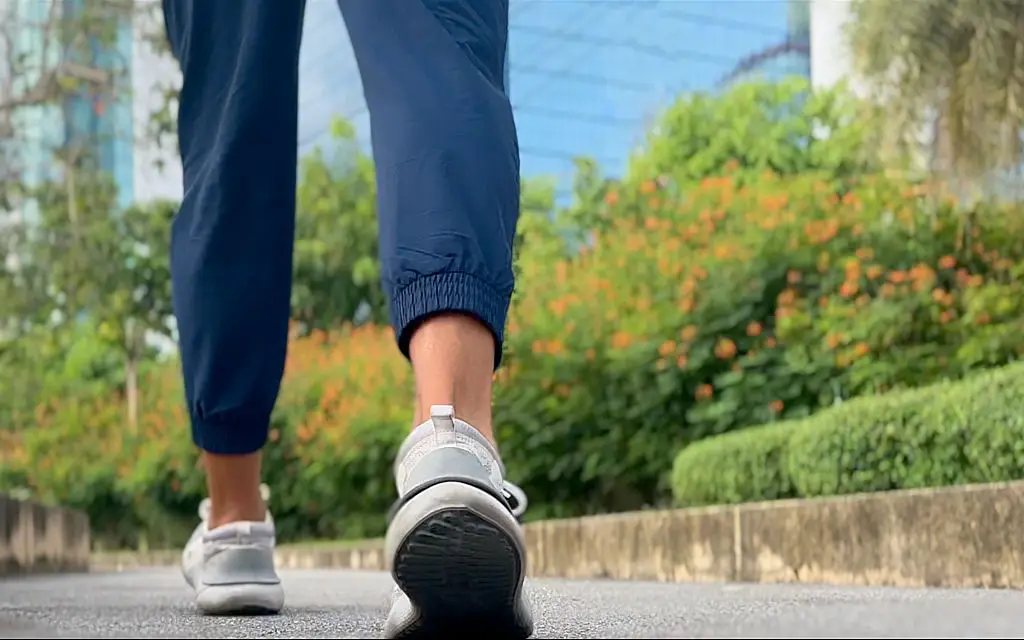11 Movement Snacks That Add Years to Your Life
Short bursts of movement—what fitness writers now call "movement snacks"—are tiny habits with a big ripple effect on long-term health. These short, focused bursts of activity are easy to fit into a busy day and can improve cardiovascular fitness, strength, balance, and mobility when done consistently. Research summarized by journalists and exercise scientists points to measurable benefits: for example, a McMaster University pilot-style study found that repeated 20-second stair-climbing bursts, done three times a day for six weeks, produced modest but meaningful improvements in cardiorespiratory fitness. Other work on VILPA, or vigorous intermittent lifestyle physical activity, suggests that very brief, frequent efforts throughout the day relate to lower risk of serious illnesses when combined with overall active habits. That doesn’t mean every brief moment replaces a longer workout, but it does mean that movement snacks add up. They lower the barrier to activity, protect function as we age, and make consistent care of the body feel doable rather than daunting. The list below offers 11 practical movement snacks you can start using today. Each entry includes a simple how-to, a short explanation of why it helps your long-term health, and gentle modification ideas so you can tailor the move to your level. Think of these as friendly nudges toward more strength and steadiness over the years—small moments of care that honor your body and its future.
1. Stair-climb bursts (20 seconds)

Stair-climb bursts are brief, powerful climbs up and down a flight of stairs done at a quick pace for about 20 seconds. A McMaster University study—summarized in reporting on movement snacks—showed that doing three 20-second stair bursts daily for six weeks increased cardiorespiratory fitness by roughly five percent, a meaningful improvement for everyday stamina and heart health. Practically, you might step up quickly for 20 seconds, recover with slow steps or standing for 60–90 seconds, then repeat two more times spread through the day. This pattern raises heart rate and engages large leg muscles, which supports vascular health and metabolic regulation. Safety matters: start at a pace that challenges but doesn’t strain you, hold the handrail if balance is unsure, and skip the fast version if stairs are unsafe or if recent heart conditions exist—check with a clinician when in doubt. Alternatives include marching briskly in place or doing a short hill walk of similar intensity. Over weeks, you can increase intensity by taking slightly faster steps or by adding a second 20-second climb to one of your daily sessions. The goal is consistency and gradual progress, not all-out effort every time.
2. One-minute brisk walks

A one-minute brisk walk is a simple, accessible movement snack that raises your heart rate, improves circulation, and resets posture and mood. It’s an easy habit to stack into life: walk around the block after lunch, pace during phone calls, or step outside between tasks. Even short walks stimulate large muscle groups and help control blood sugar after meals, which over time contributes to metabolic health and reduced chronic disease risk. For longevity, frequent low-to-moderate intensity activity helps keep arteries healthy and supports daily function. Aim for a pace that feels brisk—breathing heavier but still able to speak a few words. If walking briskly isn’t possible, try marching in place with lifted knees or using a stationary cardio machine for a minute. To build habit, choose consistent anchors, like standing up whenever a timer rings, then walking for one minute. Over weeks, add extra one-minute walks until multiple micro-walks combine into meaningful daily movement. Remember, regularity matters more than single long sessions; the cumulative effect of many small walks supports long-term resilience.
